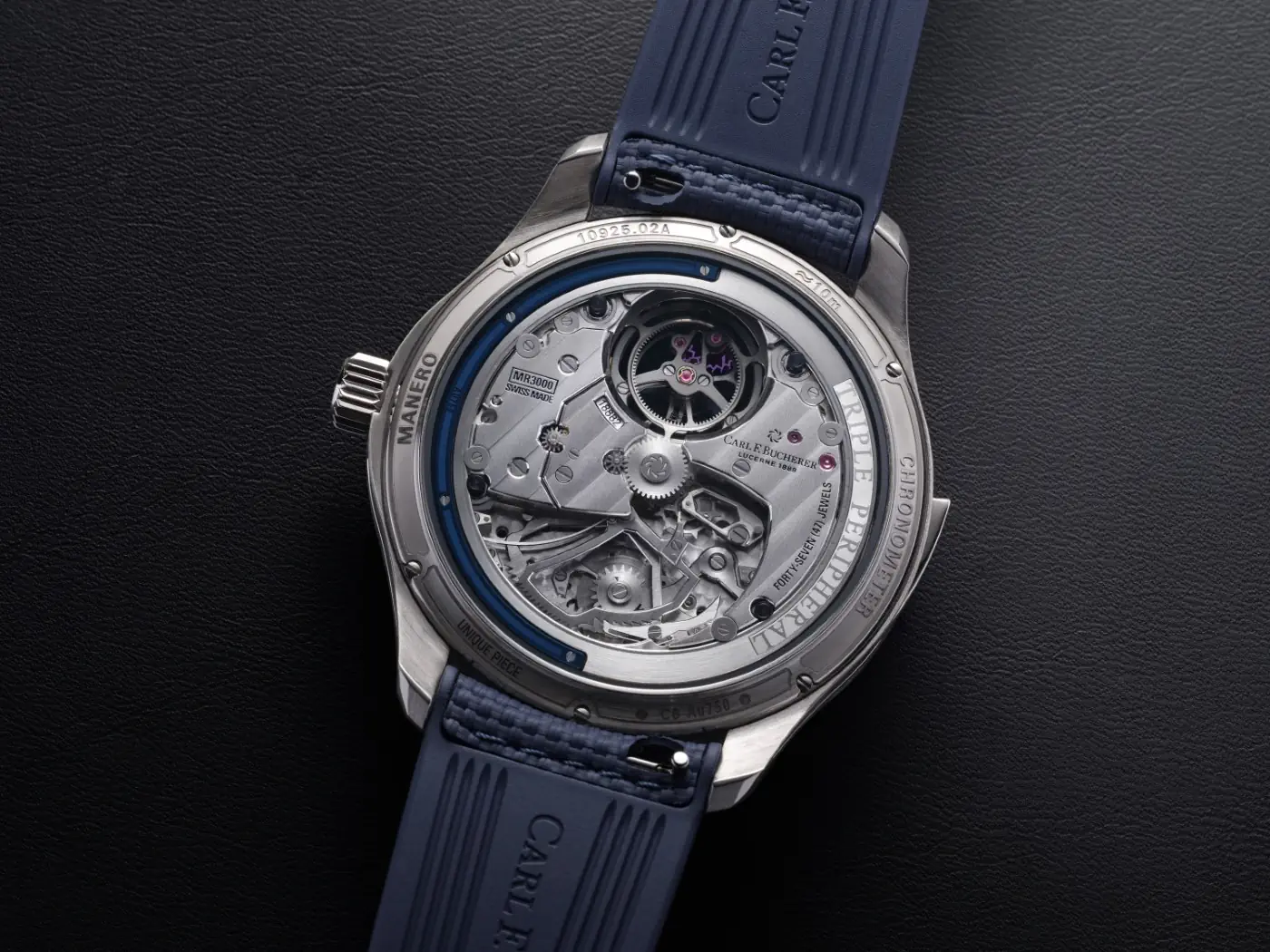We often find comfort in the rhythmic tick-tock of a wristwatch, the silent guard of time’s progression. But seldom do we stop to think about the heartbeat of that very timepiece, the component that gives life to this ticking: the balance wheel. Like a well-orchestrated ballet, it dances tirelessly, oscillating back and forth, maintaining the precision of the watch. The balance wheel might just be the unsung hero of horology, operating silently, but determining how we collectively perceive and keep time.
The world of horology is vast and profound. Each timepiece, whether antique or contemporary, tells its own tale of innovation, craftsmanship, and technological marvel. Yet, despite their differences, most mechanical watches share a common force driving their mechanisms – the balance wheel.
The Dance of Precision
Imagine being in a ballroom filled with hundreds of dancers. While everyone sways to the rhythm, there’s one dancer that catches your eye, moving with unmatched precision and grace. This dancer is the balance wheel of the horological ballroom. Nestled within the heart of mechanical watches, it oscillates to provide an even and rhythmic pace, ensuring that time is counted uniformly.
Historically, the inception of the balance wheel can be traced back to medieval Europe. During this time, the mechanical clock was a recent innovation and utilized a verge-and-foliot mechanism. But it was the development of the balance wheel in the 14th century that revolutionized the world of timekeeping. This circular piece, often paired with a hairspring, went on to shape how we engage with time, from grand cathedral clocks to the modern wristwatches of today.

Stories from the Watchmaker’s Bench
One might wonder how a seemingly simple wheel could possess such command over the precision of timekeeping. Here’s an anecdote that paints a vivid picture. A dear friend and master watchmaker once relayed his experience of repairing a vintage watch for a client. The timepiece was an heirloom, passed down through generations. As he disassembled the watch, he noticed the balance wheel was slightly off-kilter. It was this minuscule imperfection that was causing the watch to lose several minutes a day. By realigning and fine-tuning the balance wheel, he breathed new life into the century-old timepiece, ensuring its ticks and tocks were once again in perfect harmony. This incident underscores just how pivotal the balance wheel is. A minor misalignment, and the dance of time is disturbed.
Analyzing the Marvel of its Mechanism
The balance wheel, in its essence, is a time regulator. It collaborates with the escapement, a mechanism that releases energy to the wheel in controlled bursts. The wheel, in turn, oscillates, swinging back and forth, dictating the rhythm for the rest of the watch. The balance spring, or hairspring, is its partner in this dance, pulling the wheel back to its original position after every oscillation. This rhythmic movement is what you hear as the familiar “tick-tock.”
But it’s not merely about oscillating; it’s about doing so with incredible consistency. The metals used, the precise crafting of the wheel, and the meticulous tuning – all of these elements converge to achieve this feat. Any variation, whether due to temperature, position, or wear, can alter the timing. Modern balance wheels often employ materials that are less sensitive to these changes, underscoring the relentless pursuit of perfection within horology.

The Unsung Narrator of History
Beyond the mechanics, the balance wheel serves as a testament to our evolving relationship with time. From being a part of sea navigation instruments, helping sailors determine their longitudinal position, to nestling within pocket watches of railroad conductors, ensuring train schedules were impeccably maintained, the balance wheel has been an integral part of our history. It’s a reminder that, often, it’s the silent components operating in the background that hold the power to shape epochs.
The world turns, civilizations evolve, and the river of time flows incessantly. But as it does, the gentle oscillation of the balance wheel ensures we remain anchored, marking each moment with precision. It’s a dance of mechanics and history, of innovation and consistency. And as we strap on our watches each morning, we’re not just wearing a timepiece, but a legacy of timekeeping that’s been shaped, in no small part, by the remarkable balance wheel.
Click on this link to read this article in French version
















